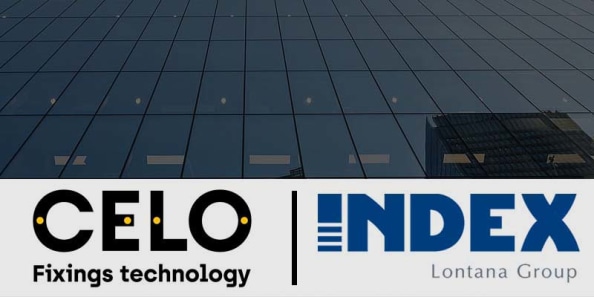
7 Mistakes to Avoid When Specifying a Living Roof
- Read time: 6 minutes
- Date: 17 Jan 2018
The trend for living roofs is here to stay. Living roofs (also sometimes called green roofs) are popular for their eco-friendly design and the space they can create for outdoor living.
Living roofs have a number of environmental benefits. Intensive and extensive green roofs can create habitat for wildlife within urban areas, reduce the carbon footprint of the building, and giving plant-life a place to grow. On top of this, living roofs are the perfect place to create beautiful roof gardens for us to enjoy. No wonder there is a trend for having living roofs installed.
It might not come as such a big surprise that the living roof market is booming. The yearly market growth of 17.1% shows no sign of slowing, driven by government initiatives and a groundswell of popular support. The construction industry stands to benefit from this new sustainable future the UK is embracing – great news for us all.

The famous Kensington Roof Gardens - over an acre of lush green space - is set to reopen in 2020 after redevelopment. It has been known as one of London's leading party spaces for 90 years - and the trend for more roof gardens turned cocktail bars has spread across the capital.
However, whilst living roofs might be trendy, mistakes specifying a living roof can lead to a roof that no longer looks its best (think patches of brown rather than lush greenery), and a shorter lifespan than expected.
Living roof engineering plays a huge part in preserving the lifespan of a living roof. There are seven common mistakes that can easily be avoided when specifying a living roof.
Rust
Rust can cause big problems for a living roof. Over time, rain and damp soil can cause construction materials to rust. Rusty materials not only look unattractive but can cause damage to the roof over time and will need to be replaced, causing extra expense.
Water retention is a common problem for living or green roofs. Since soil retains water and can remain sodden for days or even weeks, galvanised steel is not effective enough at preventing rust. The obvious solution is to specify materials that don’t rust, such as aluminum or stainless steel.

Soil erosion
Yet another mistake when engineering a living roof - not providing enough soil. Wind and rain can erode the soil away, causing the plants to dwindle and die over time. Once the plants have wilted and died, the living roof loses its attractiveness. The solution to this problem is to install retention angles, which help to hold the growing medium in place.

Lack of access
Access to the roof will be needed to maintain it. If no safe access is specified, this could lead to the green roof not being maintained, causing probable drainage problems and further plant deterioration. Fixfast can provide a safe access solution including caged ladders and more, depending on the needs of your building.
Damaged waterproof membranes
The waterproof membranes of a living roof can easily be damaged by products that may penetrate the membrane. This could easily occur during installation or maintenance of the roof. Sadly, a damaged membrane can lead to roof leaks (which is not what anyone wants). If a leak occurred, then you’d probably need to remove some or all of the living roof to find the source of the leak. This can be a real pain – not only do you have a leak to deal with, but you’ll need to replace the entire living roof, which can be both costly in terms of time and money.
Compromised fire breaks
We all know how important fire safety is. Living roofs need metal edging and a gravel fire break to remain compliant with regulations. Our recommendation is to segregate the growing medium and the fire break.

Inadequate drainage
Leaves and other natural materials can easily clog and block drains on roofs, leading to standing pools of water, the potential for leaks, and increased roof load. By specifying the correct roof drainage system and an inspection chamber (such as JacBox), many of these problems can be avoided.

Pitched roofs
Pitched roofs can create problems for living roofs. Without the correct support for the growing material, the soil may slip down the roof and compromise the appearance and drainage. It is possible to have a living roof on a pitched roof, but the correct products must be used to prevent the soil slipping.
Knowing what problems could potentially arise will help to reduce the need for extra maintenance or repairs. These seven mistakes can be easily prevented at the specification stage, before construction of the roof has even begun.

However, living roofs need to be properly engineered to ensure the longevity of the roof space. Using the correct products from the beginning will help to protect the roof and prevent issues such as damage to the waterproof layer and leaking.
Fixfast provides a wide range of living roof products that will help ensure that your next living roof project is successful.
The Fixfast Living Roof Retention System has been designed to combat all of the above problems.
Prevents soil erosion and slippage
Enhances and protects drainage
Improves access for maintenance
Offers design freedom
Preserves fire safety
Reduces the risk of waterproof membrane breaches



